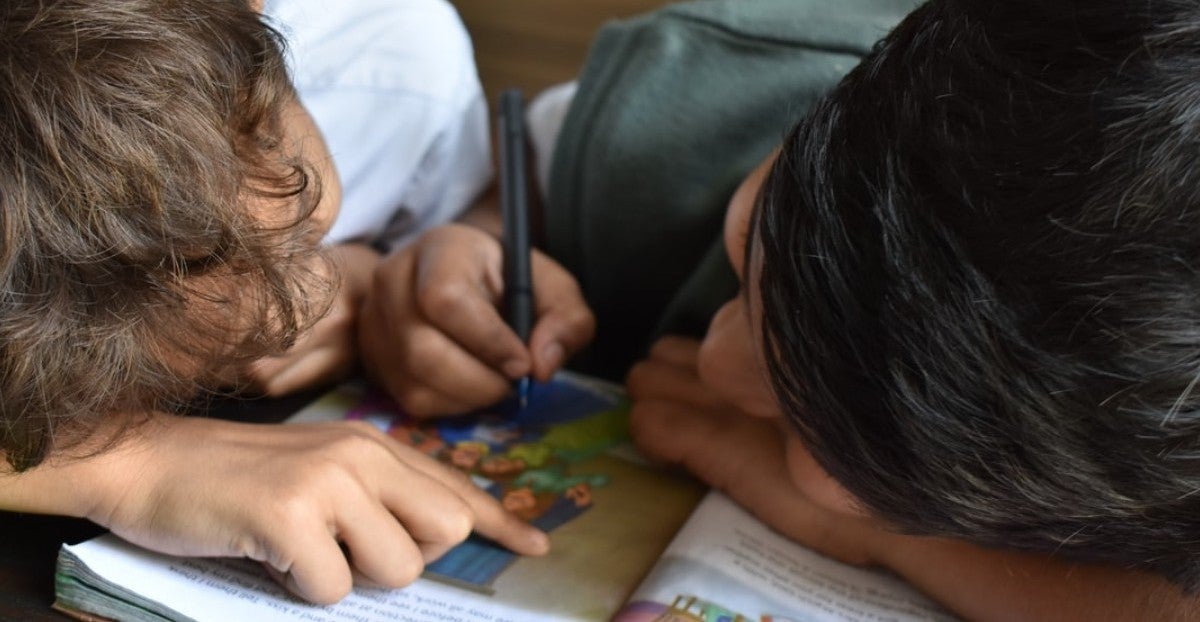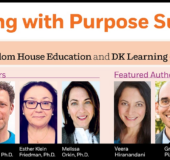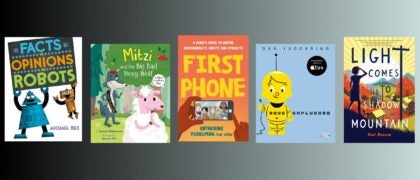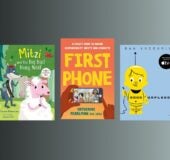Dear Parents and Teachers,
Each time you receive the PRH Newsletter for grades K to 6, there will be a teaching and learning feature for pre-school to grade 1, grades 2-3, and grades 4 to 6 by Laura Robb. Lessons will be interactive and involve all age groups in creative and critical thinking conversations, writing, and art projects. Over the next months you will explore Mother Goose poems for younger children, time-tested poems for grades 2 and 3, and fairy and folk tales for grades 4 to 6. Now it’s time to have some fun, learn, and enjoy!
- Laura Robb
For the Mother Goose Group (Grades PreK-1)
Before reading:
Explain that a cupboard is a closet with shelves.
Read the poem out loud. Then read it again, one line at a time and have your child repeat the line.
Mother Hubbard
Old Mother Hubbard
Went to the cupboard
To get her poor dog a bone;
But when she came there
The cupboard was bare,
And so the poor dog had none.
After Reading:
Ask your child how the dog feels? What the dog might be thinking?
Why does Mother Goose call the dog “her poor dog?”
Draw a picture to go with the poem and post it so everyone can see it.
For the Time-Tested Poetry Group (Grades 2-3)
Before Reading:
Ask: How do you know the wind is blowing?
Ask the child to read the poem silently and then out loud.
Who Has Seen the Wind? – Christina Rossetti
Who has seen the wind?
Neither I nor you:
But when the leaves hang trembling,
The wind is passing through.
Who has seen the wind?
Neither you nor I:
But when the leaves bow down their heads,
The wind is passing by.
After Reading:
- How does the poet know the wind is “passing by?”
- How dos the word “trembling” make you feel?
- What are other ways to “see” the wind in action?
The poem has two stanzas. Think about what the wind does in the first and second stanzas and explain what’s different.
Be the leaves on tress and act out the poem as you say it for your family.
Draw a picture to go with the poem.
For the Time-Tested Poetry Group (Grades 4-6)
“The King and the Shirt” – Leo Tolstoy
Before Reading:
Ask students to think about these questions: What is happiness? What makes you happy? Write your thoughts in your notebook or in a virtual notebook on your computers.
Using clues in the sentence, “The king sent emissaries to search for a happy man?” explain who emissaries are.
Read the fairy tale silently.
A king once fell ill. “I will give half my kingdom to the man who can cure me,” he said.
All his wise men gathered together to decide how the king could be cured. But no one knew. Only one of the wise men said what he thought would cure the king. “If you can find a happy man, take his shirt, put it on the king—and the king will be cured.”
The king sent his emissaries to search for a happy man. They traveled far and wide throughout his whole kingdom, but they could not find a happy man. There was no one who was completely satisfied: if a man was rich, he was ailing; if he was healthy, he was poor; if he was rich and healthy, he had a bad wife; or if he had children they were bad—everyone had something to complain of.
Late one night, the king’s son was passing by a poor hut and he heard someone speak: “God be praised. I have finished my work. I have eaten my fill, and I can lie down and sleep! What more could I want?”
The king’s son ordered that the man’s shirt be taken and carried to the king. “Give the man as much money as he wants,” said the king’s son.
The emissaries walked into the hut to take off the man’s shirt, but the happy man was so poor that he had no shirt.
After Reading:
- Give details from the story to support your answer.
- According to Tolstoy’s story, what brings happiness to people?
- Evaluate or pass judgment on the wisdom of the king’s “wise men.”
- What do the king’s emissaries learn about people in the kingdom?
- Why is the poor man happy and content?
- How would you advise the king? What does he need to do to find happiness?
Read the tale out loud to your family or online to a classmate and change your voice for narrator, kind, wise man, king’s son.
Illustrate your favorite part of the fairy tale or transform it into a graphic fairy tale.
Choose two questions, write each one in your notebook and respond to them using text evidence.
For further tips and activities for using Fairy Tales and Folklore, download the Let’s Work Together Teacher Guide: Fairy Tales and Folklore
For more great Fairy Tales and Folklore titles.





